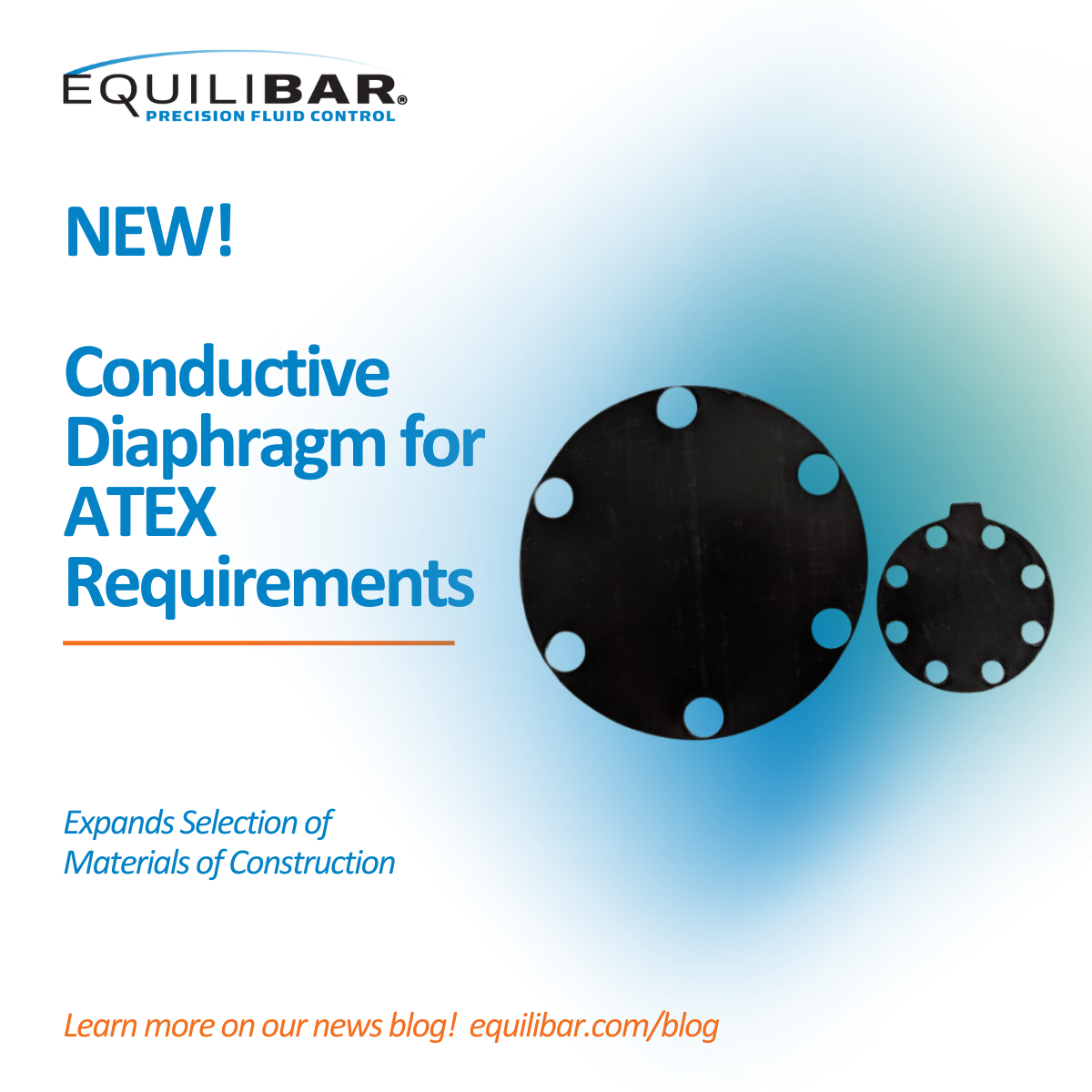Jeff demonstrates the amazing precision of the EB1HP1 back pressure regulator through a 40,000 to 1 flow rate ratio while maintaining stable inlet pressure.
The video demonstrates controlling Nitrogen gas at a pressure of approximately 1000 psig, and flowing from a range of 1 ml/minute up to 40 liters/minute (a wide flow rate range of 40,000:1). Throughout this range, the inlet pressure deviated only about 2.5 to 3 psig.
This wide flow performance makes Equilibar regulators suitable for use in two-phase or bi-phasic flow applications, such as catalyst research reactors, where liquid and gas are present together. When a plug of liquid hits the pressure regulator, the internal valve mechanism is required to increase its flow capacity by a factor of 1000:1 (for example, from a Valve Coefficient Cv from 1E-7 to 1E-4). Because of the wide flow rate range, the Equilibar is able to adjust quickly without causing a significant pressure deviation.
Traditional control valves and back pressure regulators have a much narrower flow rate range, and also have pressure builds of several percent of reading.
A PTFE/Glass diaphragm was used in this trial, which offers a combination of excellent chemical compatibility and very good low flow performance. Metal diaphragms, such as T316L and Hastelloy C276 can also be used for high temperature applications, though the low flow performance is not as good as with the softer materials.
Additional links:


